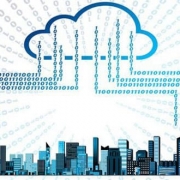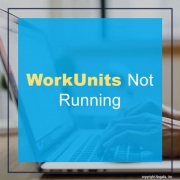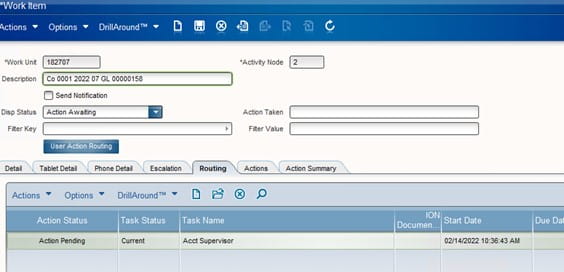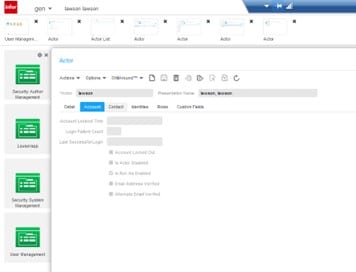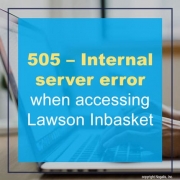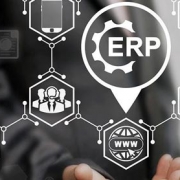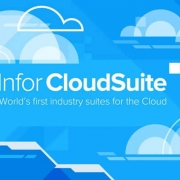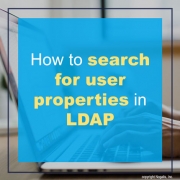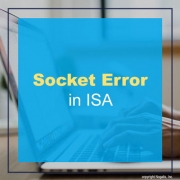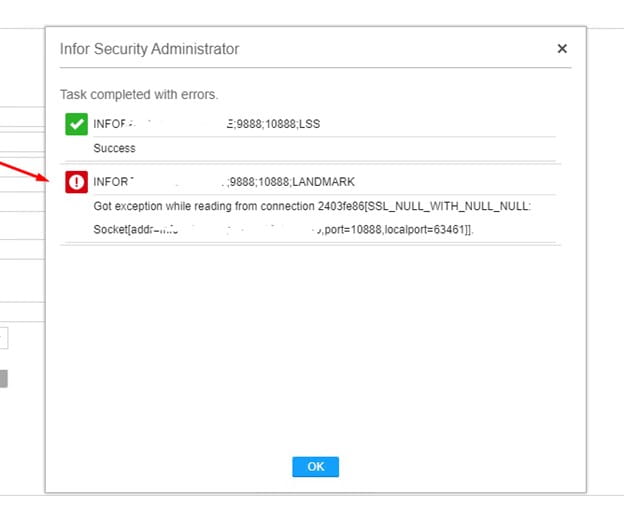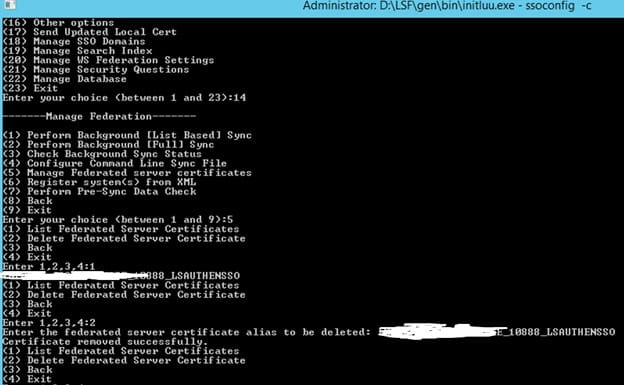EPS Tech, a leading Israeli provider of advanced embedded electronic systems to the defense and industrial markets, recently chose Infor CloudSuite High Tech & Electronics and Infor PLM to improve process efficiencies across the business. Per the press release, the multitenant cloud, enterprise resource planning (ERP) solution, which is powered by Amazon Web Services (AWS), and delivered by Infor’s partner, Intentia Israel, will span all business processes at the firm’s Tzur-Yigal facility. It will deliver real-time visibility and increased collaboration across the end-to-end supply chain. Additionally, EPS Tech went through a thorough assessment of the market and a competitive tender process before choosing Infor CloudSuite High Tech & Electronics for its industry-specific functionality. Further, an integral part of the implementation will be its Product Lifecycle Management (PLM) capabilities, designed specifically for discrete manufacturers, which will be fully integrated into EPS Tech’s production and assembly processes, providing full transparency across the product lifecycle.

